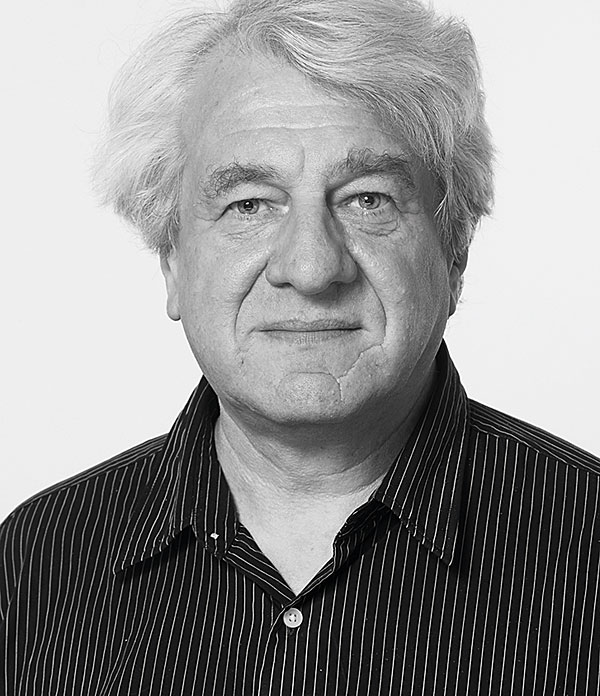dCS Vivaldi APEX Outboard DAC Chris Hales
'Our Ring DAC has been part of the dCS DNA since the early '90s', says Director of Product Development Chris Hales. Although the technology has been refined over the last 30 years, this is the first occasion that dCS has actively promoted an iterative change, without calling it a 'mk2'. 'We did enhance the resolution of the Ring DAC for the Vivaldi about ten years ago [HFN Feb '13] by increasing the number of current sources [resistor elements] from 44 to 48 per side. At the same time we changed the mapping function from a ROM to an FPGA, allowing us to more easily issue software updates'.

The 'mapping' defines how bits are assigned to individual current sources, optimising low-level THD and linearity against noise. 'It's not truly random', confirms Chris, 'so we offer users the ability to experiment with these trade-offs for themselves – Mapper 2 is identical to that used in the original Vivaldi while Mappers 1 and 3 use different, double-speed (6MHz) algorithms'.
Confirming that every cloud really does have a silver lining, the APEX upgrades were born of the Covid epidemic when Chris was effectively 'locked in' and took the opportunity to dive into the implementation of the Ring DAC afresh. The result was enhancements to the power supply regulation, linearity of the output stages and clocking of data to the latches. 'The APEX improvements are also being offered to owners of the Vivaldi One player/DAC', says Chris. PM


















































